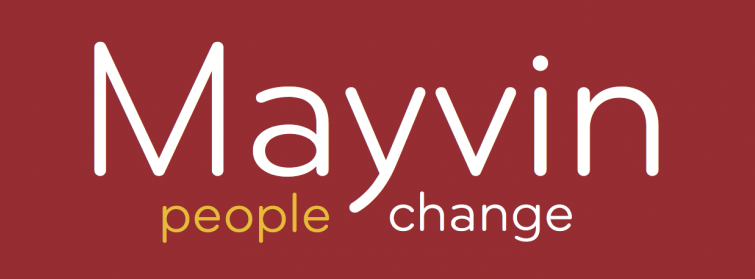Seven tips for impactful Organisation Development interventions without climbing Everest
by Sandi Drewett
I’d love to trek the foothills of the Himalayas, sleeping in tea houses, connecting with people along the trail and walking for miles in thin air, one foot in front of the other. Currently, it’s not an option due to family commitments and time, so I look for other possibilities within the limitations.
At the start of the summer I slept in a bivvy bag behind a Martello tower on an MOD firing range with two friends. We made a fire on the beach, drank wine and chatted in our sleeping bags, calling out shooting stars, satellites and the international space station. It wasn’t the same as trekking to Nepal but it was doable in the time we had (one night) and it gave us a tiny taste of adventure closer to home. We watched the sun rise over the sea the next morning and headed home, early, the experience colouring our day and summer ahead.
Small and mighty OD feels akin to this experience – sometimes we don’t have the commission, resources or need to do a major transformation programme but we do have the commission to do something impactful with a particular group or organisation who are short on time, resources or appetite for change. Sometimes an OD intervention is small and mighty because the outcome is greater than the sum of the parts.
I recently ran a 55 minute synthesis workshop to make sense of over 100 data outputs from a leadership conference of nearly 200 people. A concern was that we wouldn’t have the space and time to get beyond first generation platitudes. However, the group of 18, including the CEO, linked back to their own experiences of the conference, made sense of data gathered and through a very rapid process came up with clear priorities on next steps and some immediate actions. In some ways, it took longer to plan the intervention than actually running it.
Based on my experience of this OD intervention, here are some tips to bring small and mighty OD to life.
1. Create a safe space: If you only have 5 minutes to set up, the room and welcome process need to embody safety and containment
2. Start with the end-game - clearly articulate what the purpose and outputs are – in as few words as possible. Having once worked in advertising, where every commercial had to have one word that summarised the advert – I've carried the discipline with me. If there were one or two words to sum up the core commission in an intervention then what would they be? In the instance of the synthesis workshop I mentioned above it was ‘do next’. So this was incorporated this into the set up, data presentation and instructions to the group.
3. Truncate or run parallel processes – It is important to connect participants back to the initial event and to each other. In this example, the introductions to the session were designed to do this as part of one exercise rather than separate ones.
4. Avoid presentations – The quickest way to present the data is not to present it, or at least not in the conventional way of a Powerpoint presentation. I stuck pieces of paper with the information I wanted to share to the walls of the room, with attention paid to spatial emphasis. The group were invited to make sense of it with clear instruction about what it was telling us and what we need to do next.
5. Embody evidence and theory in the design– Just because it is small intervention, it doesn’t mean it has to be unfounded. It is still important that is it grounded in a theoretical evidence base. In the example above, the core principle for the design of the session was collective leadership. Rather than explaining the concept I ensured that the principles were embodied in the design.
6. Communicate about timing – It is important to signpost to the group that the session will have a pace that is different to that of a usual event. Also, all materials (post its, voting dots, flips, etc) should be ready and no time wasted on giving things out or ensuring that subgroups have what they need.
7. Be a good OD practitioner - Although working at pace with a tightly structured process, there is still the need to be aware of the power dynamics in the room. It’s important that OD practitioners take opportunities within the session to highlight wider systemic issues- arguably the mighty bit of OD work.
Sometimes Organisation Development work is small and mighty because something unexpected or revelatory happens. Even in a small amount of time or a single conversation one question can change someone’s perspective or create a touchpoint that becomes part of a future narrative in a way that could not have been predicted at the outset.
Like an unexpected yak sighting while climbing Everest or meteor shower when wild camping, these tiny might moments can make the difference between just small and small and mighty.
Sandi Drewett is Director of Human Resources and Organisation Development at the East London NHS Foundation Trust

